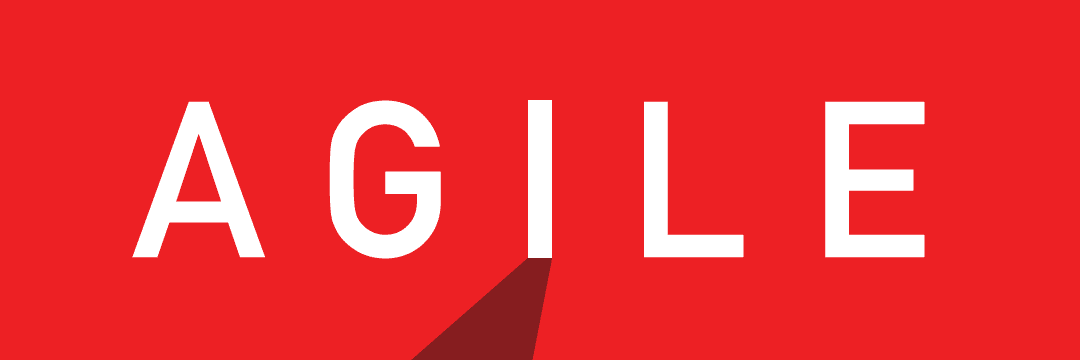A call-to-action, or CTA, is an essential part of every ad. Its purpose is to prompt the viewer to take a desired action, such as visiting your website, signing up for a newsletter, or making a purchase.
There are many different types of CTAs, and the best one for your ad will depend on your specific objective.
The 5 Types of Call-to-Action:
1. The Standard CTA: This is the most common type of CTA and can take the form of actionable phrases such as “click here”, “sign up now”, or “shop now”. It is used to direct viewers to a specific website or product, making it the perfect option for when you need a straightforward, clear, and direct message.
2. The Benefit CTA: Benefit CTAs are used to emphasize the value or benefit of taking the desired action, such as “get 50% off your first purchase” or “reduce your monthly bills”. They can be used to draw attention to specials and promotions.
3. The Action-Based CTA: Unlike the Standard CTA, this CTA focuses on the action that the viewer needs to take to get what they want. Examples include “enter your email” or “download the free ebook”.
4. The Multi-Step CTA: This type of CTA takes a more personalized approach and consists of multiple steps, such as prompting signup, requesting additional information, or guiding the viewer through a particular process.
5. The Social CTA: This type of CTA uses “social proof” to encourage the viewer to take action, such as “join 10,000 satisfied customers” or “see why 5,000 people love our product”.
The Benefits of Using Call-to-Action
Call-to-action is a great way to boost ad performance, as it drives viewers to take the desired action. This can lead to increased sales, increased website visitors, and increased engagement with your brand.
By using a call-to-action in your ad, you are also able to track user behavior and better understand how viewers are interacting with your ad. Additionally, using a CTA can help draw attention to the ad and can be used to prompt viewers to act quickly.
How to Use Call-to-Action in Your Ads
When adding a call-to-action to your ad, you should make sure that it is clear, concise, and to the point. It should be placed in an area of the ad where viewers’ eyes will naturally be drawn to. Additionally, it should be specific and focus on one action that the viewer should take. For example, instead of using a vague “sign up now”, you should opt for something more specific such as “sign up for our monthly newsletter”.
What to Avoid When Using Call-to-Action
When using CTAs in ads, it is important to avoid overloading viewers with too many options. CTAs should be limited to concise and actionable phrases, not lengthy descriptions. Additionally, you should avoid putting the CTA in an area that can easily be overlooked in favor of visuals or other text elements. Moreover, it is important to avoid using the same CTA in multiple ads, as overusing it can lead to viewer confusion or apathy.
In conclusion, call-to-action can be a powerful tool for improving ad performance. By using the 5 types of CTAs discussed above, you can increase visits to your website, sales, and engagement with your brand. When using CTAs, it is important to remember to use an action-oriented phrase that is direct and to the point, as well as avoid using too many options. With proper use of CTAs, you can expect to see a significant boost in ad performance.
